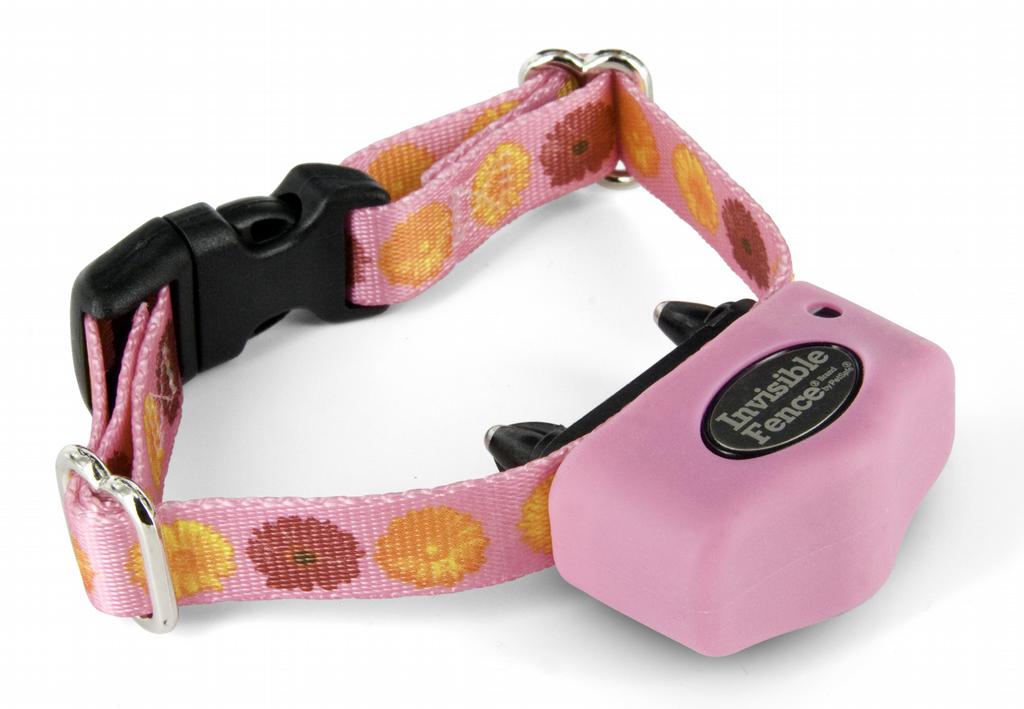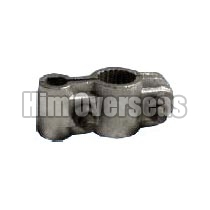
In contrast to virtual fencing systems with fixed boundaries, the farmer can use the data connection to move boundaries in real time.

Movable virtual fence systems for livestock are systems for containing and herding large farm animals (typically dairy cows) via GPS and data enabled collars capable of delivering electric shocks. Importance of solving the problem What are movable virtual fencing systems? With lower costs and minimisation perhaps we can even have tiny collars on free range chickens, have free range pigs, or even collar wild animals to keep them safe and monitor their welfare? Cattle are the initial market, but other pasture animals may be close behind.Lowering costs of keeping livestock on pasture also has the potential to improve welfare by reducing the number of animals kept in feedlots.There is potential to fund research at this early stage which could shape the development of these systems, and shape regulation of the industry before it becomes entrenched.This is a new industry with only a few start-ups, but appears to have the potential to rapidly expand and impact the welfare of hundreds of millions of animals.Currently it is not clear who is right, and it may depend greatly on the design and usage of the systems. Animal welfare organisations are opposed to aversive collars of any kind, but manufacturers claim their products are better for the animals.Movable virtual fencing systems use audio cues with a GPS and data enabled electric shock collar to keep livestock within boundaries and herd them as desired, with many benefits to farmers.

If you want to stop seeing them so often, apply a filter for the appropriate tag! Summary If you're seeing this in summer 2022, we'll be posting many submissions in a short period.

This anonymous essay was submitted to Open Philanthropy's Cause Exploration Prizes contest and published with the author's permission.


 0 kommentar(er)
0 kommentar(er)
